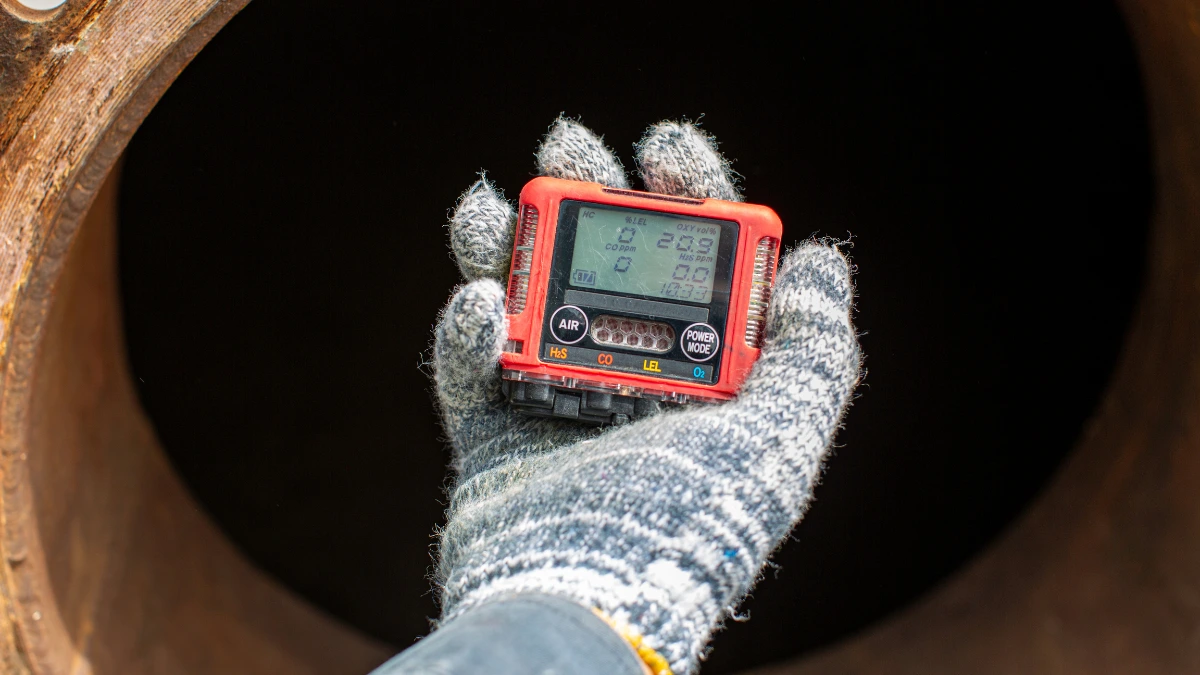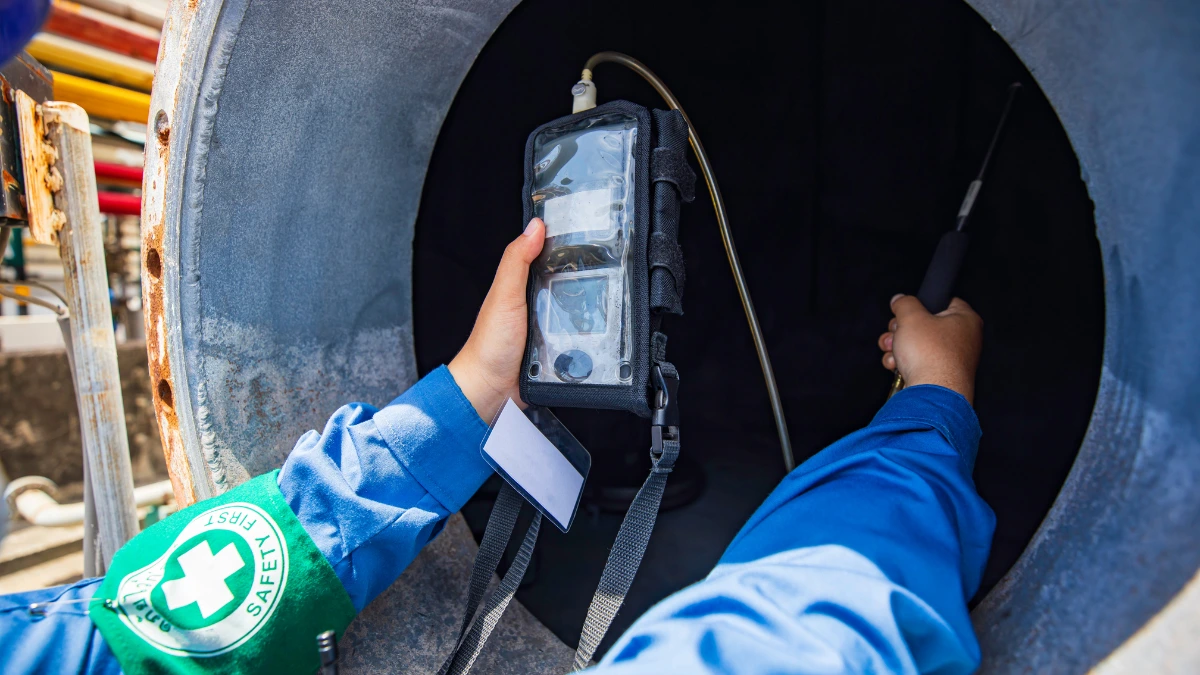Gas detection is a technology that is increasingly being used in many sectors, such as mining, manufacturing, oil and gas, and public facilities, to help technicians detect the presence of toxic gases or gas leaks before everyone inside is aware of them.
Gas detection is not just a detection tool; but more than that, it is also a lifesaving tool. So advanced are these devices that many gas detection tools now come equipped with Bluetooth connectivity, enabling them to connect directly to smartphones or digital monitoring systems.
This article will provide a comprehensive overview of gas detection, including its definition, functions, common applications, and regulations governing its use in Indonesia.
What is a Gas Detection?

Gas detection is an electronic device used to detect the presence of hazardous gases or gases that pose a potential risk in an environment due to leaks.
Industrial environments, mines, oil refineries, or laboratories use this device to detect leaks of methane, carbon monoxide, or hydrogen sulfide.
Its function is to alert users to the presence of these gases before their concentrations become high enough to cause unconsciousness, explosions, or even loss of life.
Currently, gas detection devices are equipped with Bluetooth, enabling data from the detector to be sent directly to a smartphone or tablet.
Thus, technicians can monitor environmental conditions remotely. The device can also connect to a cloud system, allowing data to be stored, analyzed, and automatically shared with safety teams.
The Functions of Gas Detection

Not all gases can be detected by human senses, such as colorless and odorless gases. These types of gases are very dangerous. That is why gas detection is very important for protection. In addition, there are several other functions of this device, namely:
- Protecting workers from the dangers of gas leaks.
- Preventing fires or explosions before they occur.
- Detecting emergency conditions in real-time and sending the data to a control center.
- Remote monitoring, especially if the device is equipped with Bluetooth.
With modern technology, gas detectors can operate more intelligently. Technicians can monitor gas levels without needing to physically go to the risky location, simply by monitoring them remotely via an app.
The Applications of Gas Detection

Here are examples of some applications of gas detection:
1. Factories
One application of gas detection is in factories. This device is used in various types of factories to detect various types of hazardous gases used in the production process.
2. Oil and gas industry
The oil and gas industry uses gas detectors to detect leaks of hazardous gases such as hydrogen sulfide (H2S) and flammable gases in production and processing facilities.
3. Mining
Another application of gas detection is in mining. This device is very helpful for miners in detecting hazardous gases such as methane (CH4) in underground mines, which can cause explosions.
4. Public facilities
Public facilities such as office buildings and hospitals also require gas detectors to detect gas leaks from cooking equipment or heaters.
5. Confined spaces
Another application of gas detection is in confined spaces such as sewers or storage tanks. This device is used to ensure sufficient oxygen levels and detect hazardous gases.
Gas Detection Regulation in Indonesia

The gas detection uses technologies such as Bluetooth that operate within a specific frequency spectrum. In Indonesia, any Bluetooth-based wireless device is required to have a DJID (Directorate General of Digital Infrastructure) under the Ministry of Communication and Digital (KOMDIGI).
Gas detection regulation is based on KEPMEN No. 260 Tahun 2024, which requires all radio frequency-based devices to meet specific technical standards before being sold in the country.
The DJID certification ensures that the product meets government safety and quality regulations and does not interfere with other communication devices. The certification process involves technical testing, such as frequency adjustments, safety checks, and compatibility with the surrounding environment.
Once the tests are completed, products that pass are listed in a Test Result Report, which confirms that the product is safe and ready for sale in Indonesia. This report reassures customers that the product meets technical standards and is secure.
For companies wanting to sell gas detection in Indonesia, Type Approval Certification Services for ICT Products are available to assist with this process. This service includes preparing technical and legal documents, conducting required testing, ensuring compliance with regulations, helping companies streamline the certification process, and giving consumers confidence in certified products.